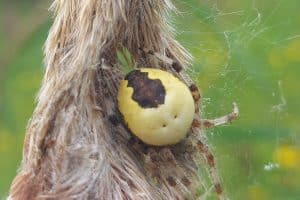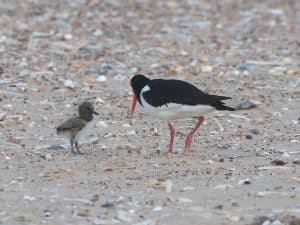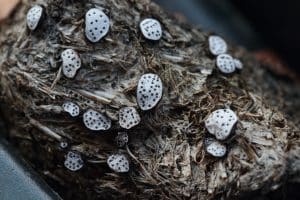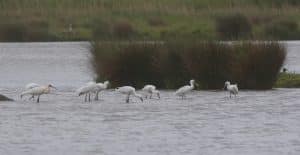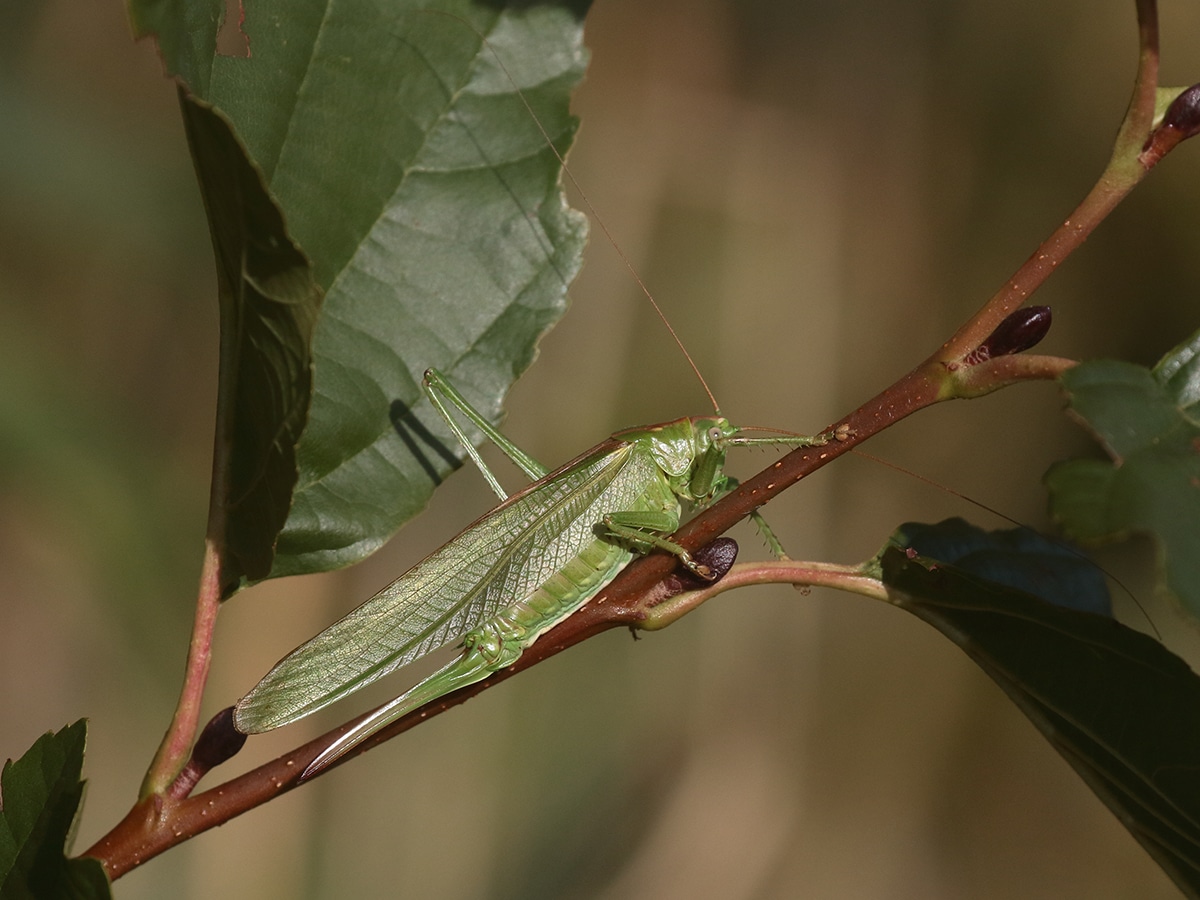
Conservation conversations: October 2025 on the Holkham National Nature Reserve
September 29, 2025 | Nature news | 4 minute read
Spoonbills
Who would have thought, 25 years ago, that the Holkham National Nature Reserve would be so well known as a successful breeding ground for Spoonbills. So well known that our senior warden, Andrew Bloomfield, represented the UK at the International Spoonbill Conference in the Netherlands in September.
Holkham has the biggest UK population of Spoonbills, although they are starting to spread wider, with 13 other UK sites registered this year. Over the last recorded 15 years, we’ve had a great success story of 748 youngsters leaving Holkham’s nesting colony, and Andy was able to share this and to talk on the behavioural studies he’s been undertaking over that same period.
September sightings
The other exciting thing to happen in the birding world is the UK’s large influx of Glossy Ibis. These exotic looking birds hailing from southern Europe, Africa and Asia have become more regular visitors in recent years, but an exceptional breeding season in Spain saw flocks starting to arrive in southern England. While we didn’t see a flock here at Holkham, two or three Ibis made the journey, and remain moving up and down the coast in search of crabs, frogs and worms to feed on.
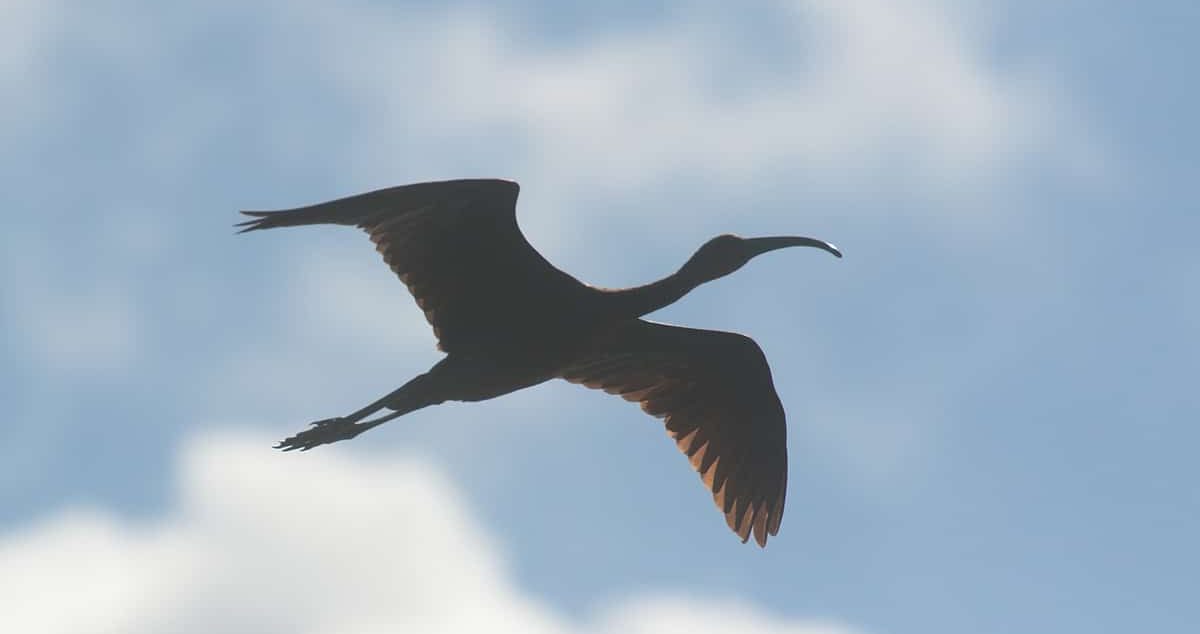
Glossy Ibis on the Holkham National Nature Reserve c. Andrew Bloomfield
As its name implies, the Scarce Pug moth is a very rare species. Unfortunately, it is declining worldwide and we are grateful to visiting ecologists Keith Tailby, Tony Davis and Sharon Hearle who carried out a survey to count the larvae at Holkham. The moth is now extinct in its former sites in Yorkshire, Lincolnshire and Essex and now confined to 25km of north Norfolk coastline, with the majority on the Holkham National Nature Reserve. Interestingly, the only other known population is in Ukraine. The species lives here on a plant called Sea Wormwood and the larvae is pale green – exactly the same colour as the plant it lives and feeds on. The survey showed that larvae are still surviving with a patchy distribution on Wells and Warham saltmarshes.
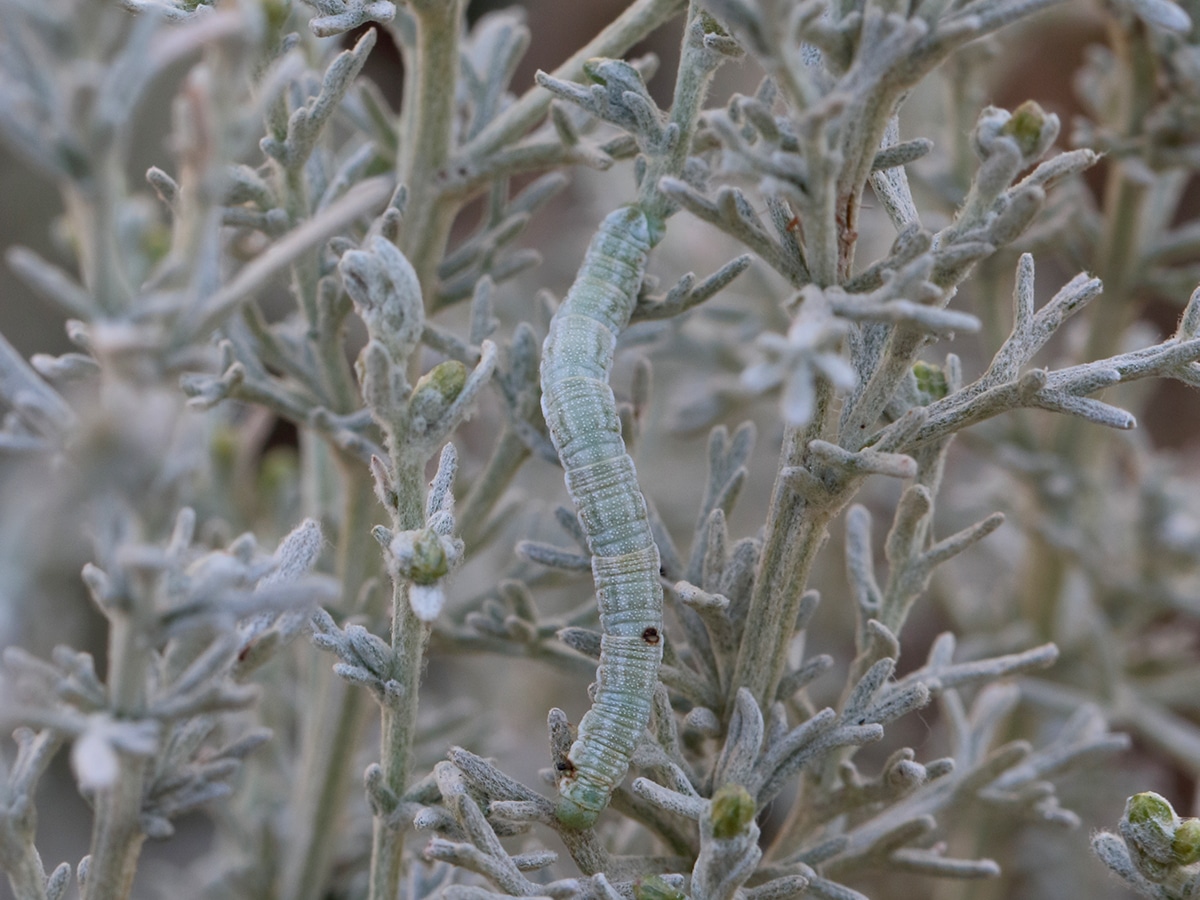
Scarce Pug Moth larvae on the Holkham National Nature Reserve c. Andrew Bloomfield
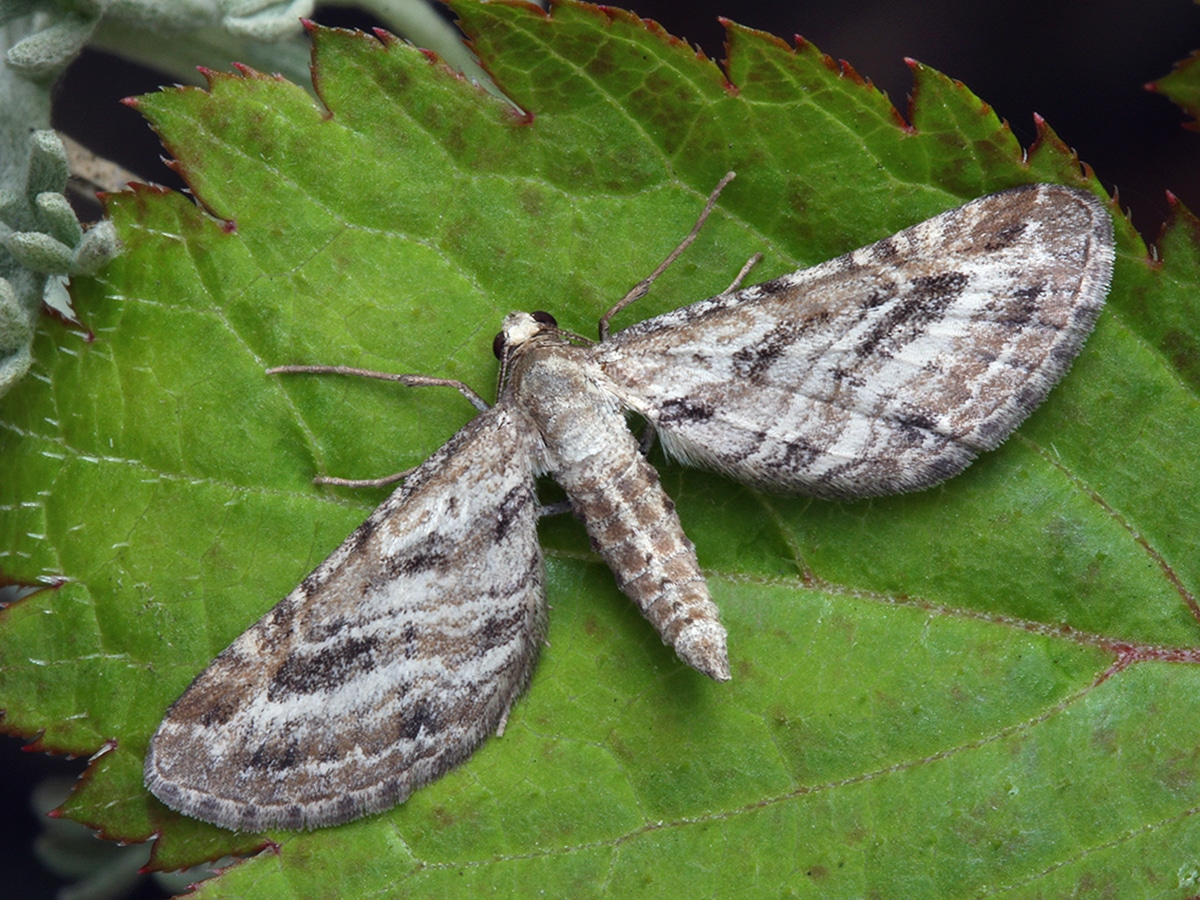
Scarce Pug Moth on the Holkham National Nature Reserve c. Keith Tailby
Another insect that we saw this month was the Great Green Bush Cricket. Warmer late summers have enabled this large species (it can grow up to 70mm / 1.4 inches long) to move northwards from the south of England. We spotted – and heard – one stridulating at Lady Anne’s Drive. This is the noise a male Great Green Bush Cricket makes to attract a female by rubbing together its forewings. It sounds like a sewing machine!

Great Green Bush Cricket on the Holkham National Nature Reserve c. Andrew Bloomfield
Pinkfoot geese have slowly started to return for the winter, we counted up to 500 on the 20th September. Migrant birds have been scarce but highlights have included a scattering of Redstarts and single Yellow-browned Warblers and Red-backed Shrike.
Things to look out for in October
If the weather remains as it has, we might see more migration as October arrives, with Pallas’s Warblers from eastern Siberia a good possibility. The fungi season will begin in earnest if we get some rain and the temperature remains mild. If so, look out for earthstars, puffballs, waxcaps and inkcaps.
For daily updates, follow us on Instagram @holkhamconservation
Back to Journal Back to Journal
Related journals
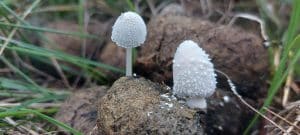
Conservation conversations: October 2025 on the Holkham National Nature Reserve
Nature news
Read more